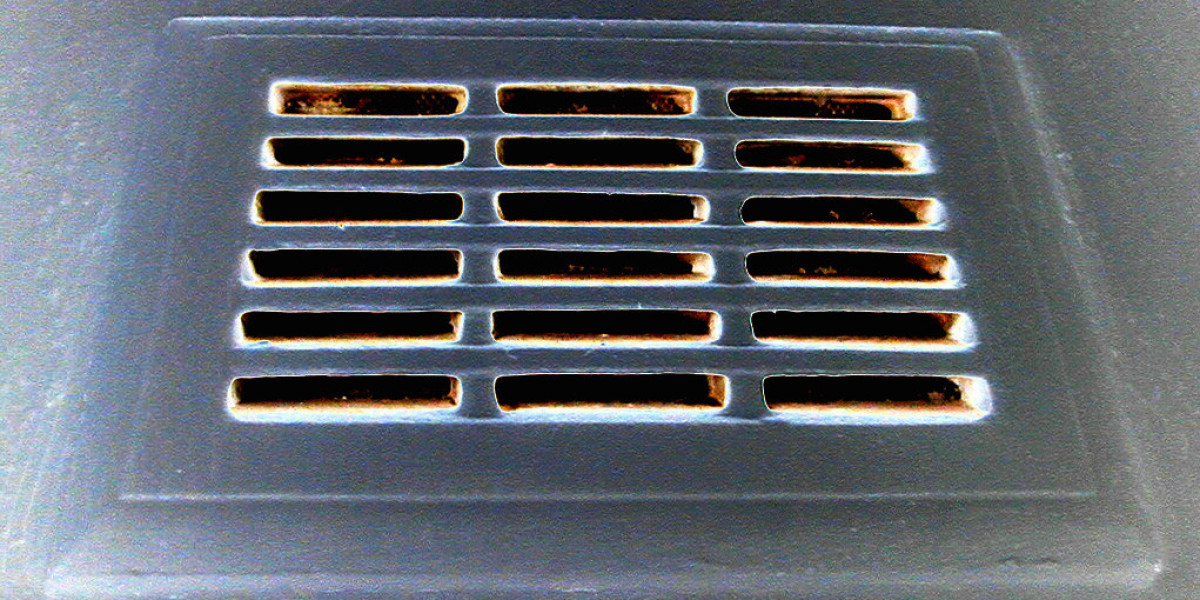PepT1-Mediated Tripeptide KPV Uptake Reduces Intestinal Inflammation
The peptide transporter 1 (PepT1), encoded by the SLC15A1 gene, is a proton-coupled oligopeptide transporter expressed predominantly on the apical membrane of enterocytes in the small intestine. It facilitates the uptake of di- and tripeptides from the intestinal lumen into epithelial cells. KPV, being a tripeptide, is efficiently transported across the intestinal epithelium via PepT1. Once inside the enterocyte, KPV can interact with intracellular signaling cascades that dampen pro-inflammatory pathways.
Experimental studies in rodent models of chemically induced colitis have demonstrated that oral administration of KPV leads to significant improvements in histological scores and reductions in myeloperoxidase activity, a marker of neutrophil infiltration. These benefits are largely absent when PepT1 function is inhibited pharmacologically or genetically ablated, underscoring the transporter's essential role in delivering KPV to its site of action.
Mechanistically, intracellular KPV appears to inhibit NF-κB activation and downstream production of tumor necrosis factor alpha (TNFα) and interleukin 6 (IL-6). Additionally, it promotes the expression of tight junction proteins such as occludin and claudin-1, thereby strengthening epithelial barrier function. The net effect is a reduction in luminal antigen translocation, decreased systemic immune activation, and amelioration of intestinal inflammation.
Clinical Implications
The PepT1-mediated uptake pathway offers a strategic advantage for oral delivery of KPV, bypassing the need for invasive administration routes. Moreover, because PepT1 expression is upregulated during inflammatory states, KPV absorption may be preferentially enhanced in diseased tissue, providing a degree of targeted therapy.
Potential applications extend beyond inflammatory bowel disease to include other conditions characterized by epithelial barrier dysfunction and dysregulated immune responses, gaiaathome.eu such as celiac disease and certain forms of colorectal cancer where chronic inflammation drives tumorigenesis.
Save Citation to File
To facilitate future reference, the key findings supporting KPV’s anti-inflammatory action via PepT1 can be saved in a citation manager file (e.g., .bib or .ris). The entry might include details such as author list, publication year, journal title, volume, issue, pages, DOI, and a brief abstract. Exporting this data to a shared library ensures reproducibility and easy retrieval for research collaborators.
Add to Collections
For systematic review purposes, the KPV study should be added to a dedicated collection titled "PepT1 Transporter Studies" or "Peptide-Based Anti-Inflammatory Agents." This collection can include related literature on other PepT1 substrates that modulate intestinal immunity, enabling comparative analyses and meta-analyses. Adding tags such as "tripeptide," "intestinal inflammation," "NF-κB inhibition," and "barrier integrity" will further enhance searchability within the database.
In summary, KPV’s efficacy in reducing intestinal inflammation hinges on its efficient transport by PepT1 into enterocytes, where it exerts anti-inflammatory and barrier-protective effects. The pathway offers a promising avenue for oral therapeutic strategies against gut inflammatory disorders, and systematic documentation via citation files and curated collections will support ongoing research and clinical translation.












